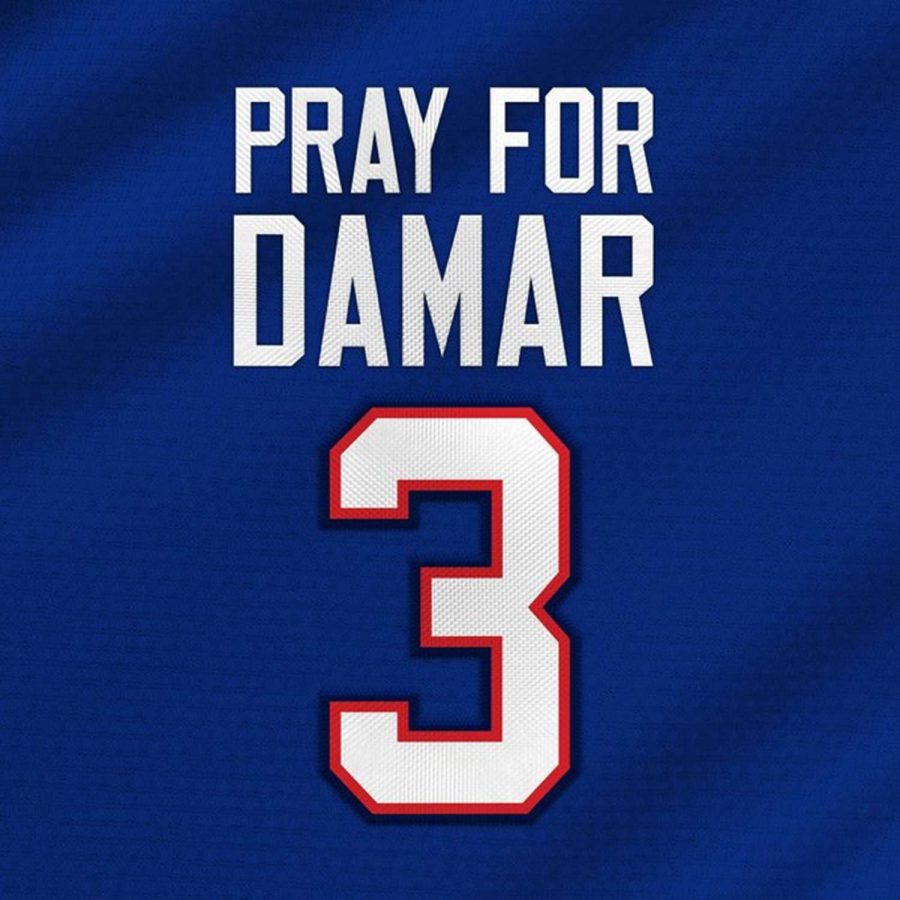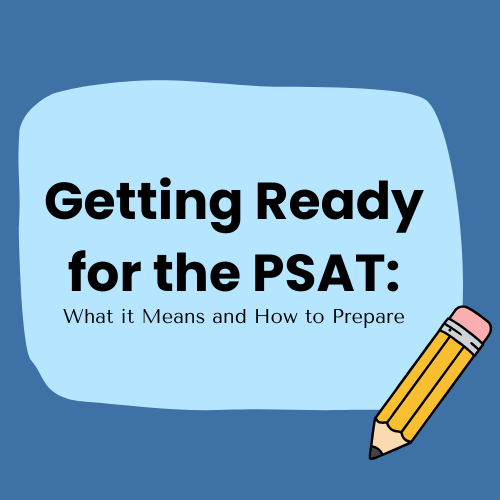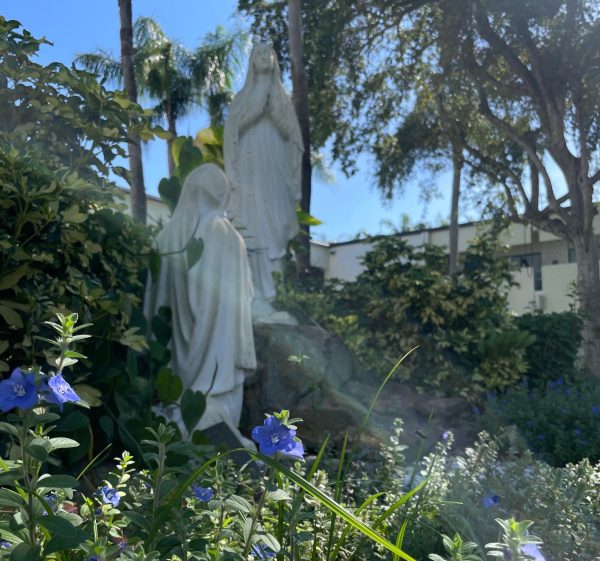Sports: A Heart Stopper
Soccer moms pride themselves in packing their orange slices and water bottles for their 6 year olds, proud of their decision to put their kids in sports. Millions of people spend their Sundays locking into the NFL. Every year kid’s Christmas lists consist of the new Curry’s or Jordan’s for their new kicks. The heart of American culture rests at home plate in any baseball field. Sports entertain, inspire, teach, and unite everyone, not only athletes.
However, is this industry that ties everyone together, capable of breaking their player’s apart?
Pictured as essentially an entertainment business, the NFL, NBA, MLB, NHL, and WNBA serve the sports community year round. Along with collegiate, Olympic, and international level sports, fan bases support their teams throughout all seasons. Role Models are created of these Heisman winners and World Series Champs. Emotional connections and familiar relationships are connected in these mini worlds of sports. Celebrities are created of these professional athletes, and shockingly these performers risk their lives to entertain us.
Zoning in on football, brain injuries and heart conditions fill the sport. On and off camera, years of injury and sickness follow these players after their parting with football.
“Players should be more cautious and mindful of the lack of safety once they step on that field” said sophomore Abigail Schwartz
On January 2 of this new year, football fans experienced this injury packed reality that these players face everyday. An NFL game between the Buffalo Bills and Cincinnati Bengals with major playoff implications for the teams, had millions of NFL fans tuning in on this Sunday night. Late in the first quarter, Bills safety Damar Hamlin collapsed from a cardiac arrest after completing a tackle on the field. As the injury clip aired momentarily, there was continuous live film of players, coaches, and fans traumatized. CPR was applied to Hamlin within minutes of medical staff arriving on the field. Fans at home watched in shock as a zoomed out broadcast gave Hamlin privacy. His heartbeat was restored on the field and Hamlin was then taken off in an ambulance to UC Medical Center.
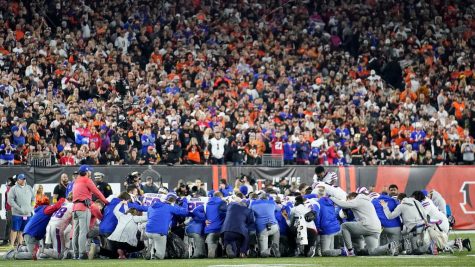
The game was then postponed by ESPN and eventually canceled. Starting with the Bills organization and followed by the rest of the league an outpouring of love and prayer was sent out via social media. Hamlin was in critical condition for the following 5 days and within this period every team in the NFL, college football programs, celebrities, ex NFL players, and millions of fans and non fans alike outpoured love and spread prayer for Damar and his recovery. By January 7th, Damar Hamlin had made remarkable recovery and was able to breathe on his own and obtain excellent neurological function. The following day, a game day for the Bills was exactly 3 days and 3 months since their last kickoff return for touchdown and Bills player Nyheim Hines did just that, and he dedicated this to his teammate. A week ago, Hamlin was discharged from Buffalo General Medical Center and is continuing his rehabilitation at home with the Bills. Announcers, coaches, players, and even family members have spoken out about this.
ESPN reporter Ryan Clarke said, “This isn’t about a football player, this is about a human.”
This very public injury has made many athletes reassess how much they are willing to sacrifice for their teams.
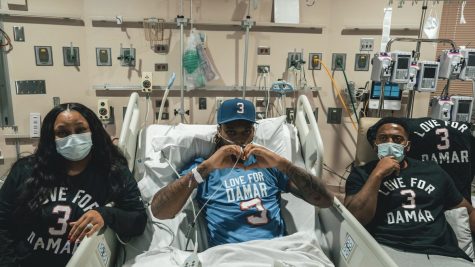
“We are not athletes. We are not superstars. We are not celebrities…We are vulnerable humans,” said Dion Dawkins Buffalo Bills player.
Now with this heartstopping event taking place recently, it is fresh in our minds the risk of sports. But it is not only at the professional level, not only on the big stage. It could be your local high school soccer team, or a Division III college football team, anyone anywhere is at risk as soon as they step onto the field or court.
“Your life’s in danger, but you are playing the sport you love,” said senior Louie Mirabal, Columbus Football player.
When they begin to play the sport, the risks and injuries feel distant and unlikely, but as they get more advanced and competitive the risks are hard to ignore.
“If you’re big, strong, and athletic, you stick to it, coaches get your attention to play and buy you in. While you grow through the sport you learn about the risk.That’s not something they tell you when you are starting out. I left football when I did, after my concussions and shoulder injury,” former Mercer University Football player Pedro Rodriguez.
In almost every game at the professional level someone is injured and just as quickly as they are taken off the field, they are replaced. Sports has something special. It can be one of the most dangerous and risky activities yet 1 in 4 adults play sports in their lifetime whether recreational or professional. A quarter of the population is partaking in these activities, but they do not focus on the concussions, they don’t think about the injuries. They do it for their love of the game, the reason their heart beats. They are willing to risk injury, but not everything. As an athlete myself I have covered up the small cuts and bruises, suffered the concussions, and fractured bones. Thankfully I had never had to endure any life threatening injuries. I understand the passion and undeniable love athletes have for their sport and how the risk doesn’t matter to you. However we cannot be oblivious to the danger, we cannot turn our face away from the risk, because there is life in sports, there are humans in sports, and their hearts need to keep beating.
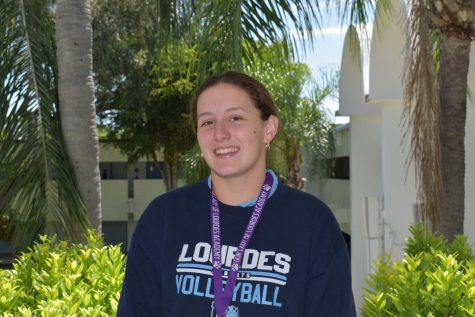
Cici Rionda is a current senior. She found her passion for journalism after taking the Journalism I course her Junior year, especially the way a single...

